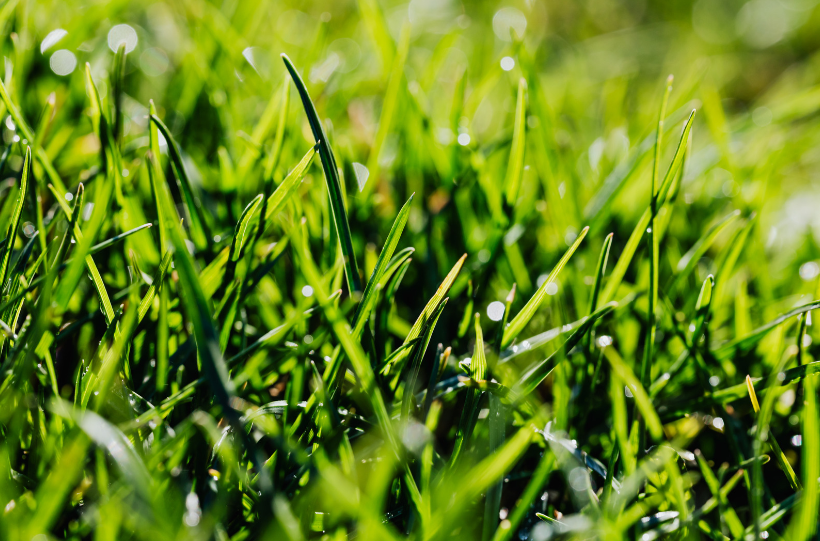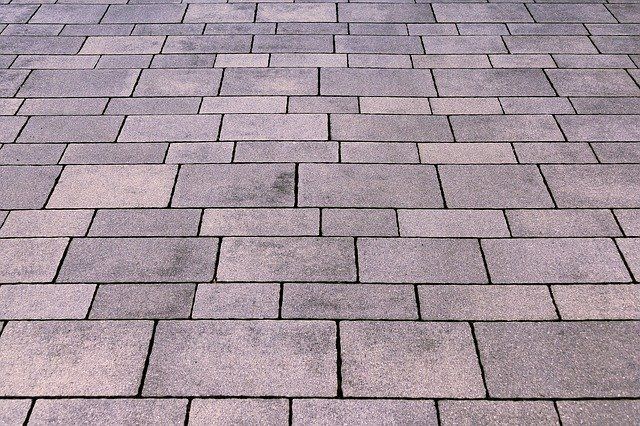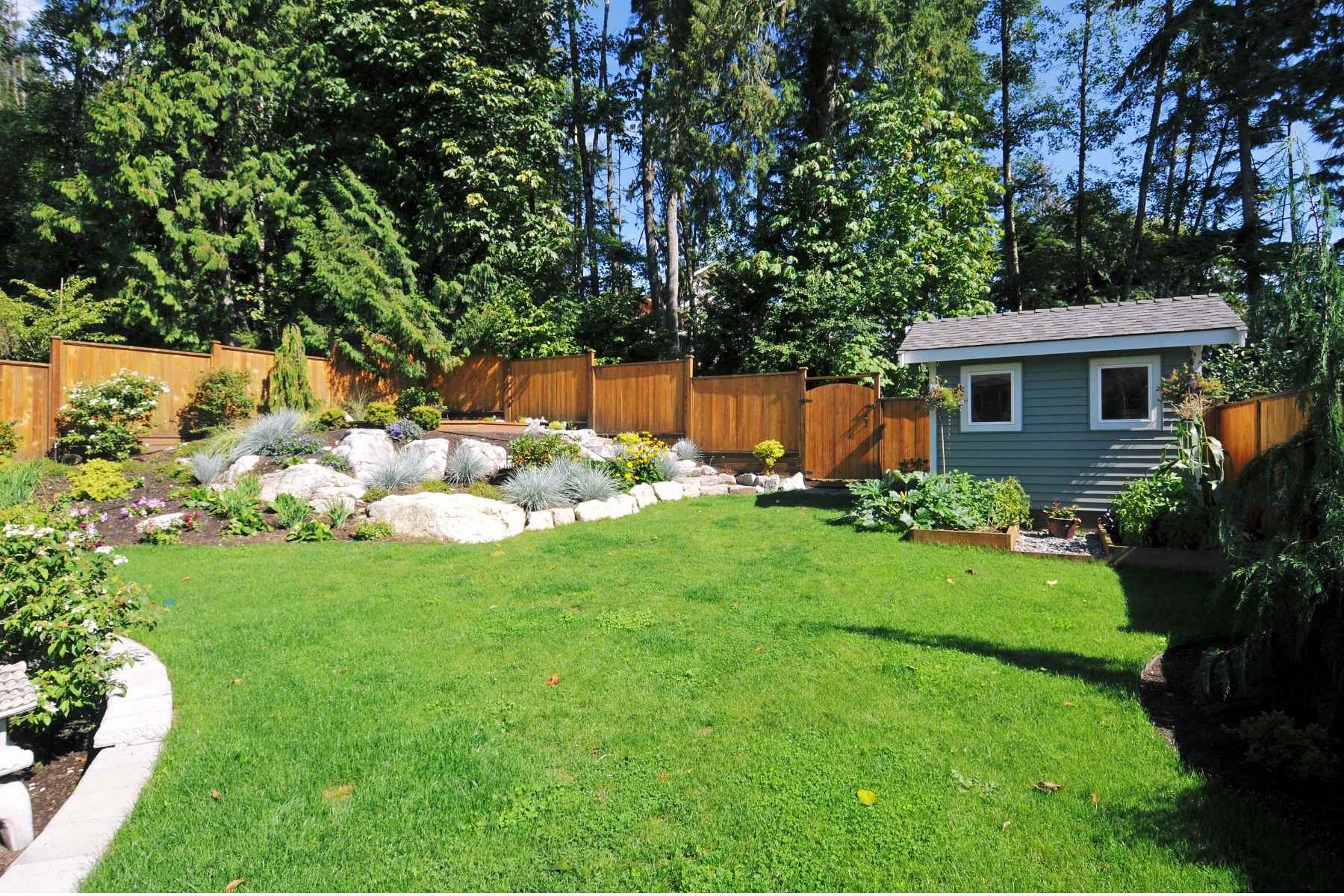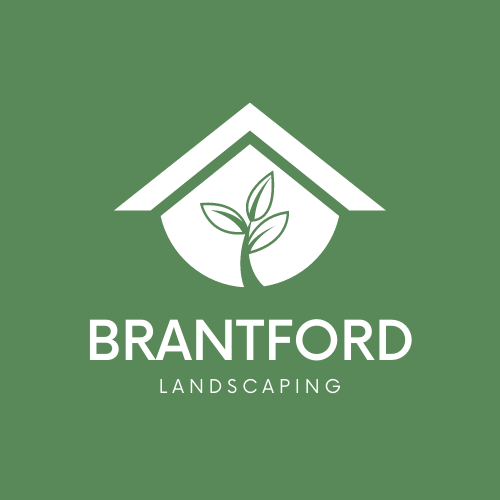The Best Native Plants for Brantford Landscapes
Brantford, Ontario boasts a unique blend of urban charm and natural beauty. For residents and landscapers alike, harnessing the indigenous flora can be a transformative journey toward sustainable and thriving landscapes. Embracing native plants not only enhances the aesthetics but also fosters biodiversity and ecological resilience. In this guide, we explore the best native plants for Brantford landscapes, offering a tapestry of colors and textures that harmonize with the local environment.
Wild Bergamot (Monarda fistulosa):
A perennial favorite, Wild Bergamot, also known as Bee Balm, adds a burst of lavender-hued flowers to your landscape. Its fragrant blossoms attract pollinators, including butterflies and bees, while its aromatic leaves exude a refreshing scent. Wild Bergamot thrives in well-drained soils and partial shade, making it an ideal choice for Brantford gardens.
Purple Coneflower (Echinacea purpurea):
With its striking purple petals and prominent cone-shaped centers, the Purple Coneflower is a quintessential native plant for Brantford landscapes. Not only does it provide a vibrant splash of color, but it is also known for its immune system-boosting properties. Drought-tolerant and resilient, this resilient perennial flourishes in both sunny and partially shaded areas.
Cardinal Flower (Lobelia cardinalis):
For those seeking to add a touch of fiery red to their gardens, the Cardinal Flower is an exquisite choice. Its vibrant blooms, reminiscent of a cardinal's plumage, attract hummingbirds and butterflies, creating a lively ecosystem within your backyard. Thriving in moist, rich soils, this moisture-loving perennial thrives along stream banks or in rain gardens.
Switchgrass (Panicum virgatum):
A native ornamental grass, Switchgrass lends a graceful elegance to Brantford landscapes with its arching foliage and delicate seed heads. Its tolerance to drought and a wide range of soil conditions makes it a resilient choice for local gardens. Switchgrass also serves as a habitat for beneficial insects and nesting birds, contributing to the ecological balance of your landscape.
Goldenrod (Solidago spp.):
Often unfairly associated with allergies, Goldenrod is a native perennial celebrated for its golden plumes that illuminate fall landscapes. Contrary to popular belief, it's primarily pollinated by insects rather than wind, making it an excellent choice for pollinator-friendly gardens. Its resilience to drought and poor soils makes it a low-maintenance addition to Brantford landscapes.
Eastern Redbud (Cercis canadensis):
Adding a splash of pink to the springtime palette, the Eastern Redbud is a native tree renowned for its delicate, heart-shaped leaves and rosy-pink blossoms. Thriving in well-drained soils and partial shade, it serves as an eye-catching focal point in Brantford gardens, attracting early-season pollinators and offering a canopy of shade during hot summer months.
Incorporating native plants into your Brantford landscape not only celebrates the region's natural heritage but also fosters a resilient and sustainable ecosystem. By supporting local wildlife, conserving water, and reducing the need for chemicals, native plants offer a myriad of benefits that extend far beyond mere aesthetics.
Before embarking on your native plant journey, be sure to consider factors such as soil type, sunlight exposure, and moisture levels to ensure the optimal conditions for your chosen species. Our local landscaping and gardening experts are always available for personalized recommendations and guidance - call or email us today to see how easy and beneficial it is to incorporate native plants into your landscape!
You might also like



Get a free quote!
Contact Us
We will get back to you as soon as possible.
Please try again later.
SERVICE AREA
Contact Us
- Mon - Fri
- -
- Sat - Sun
- -
